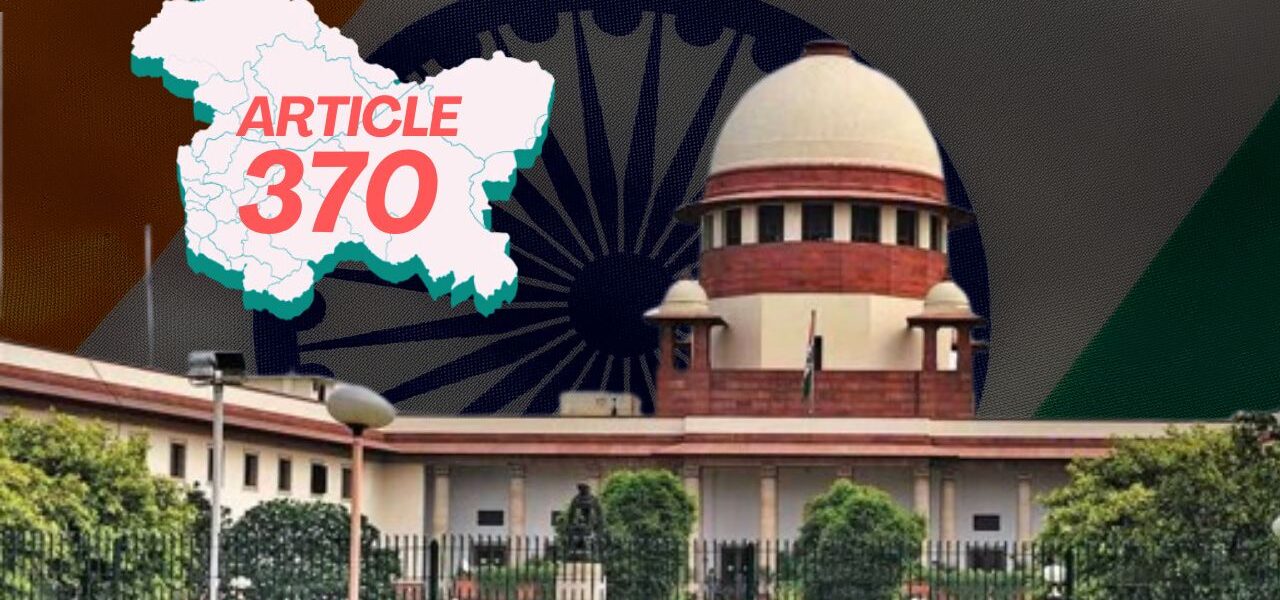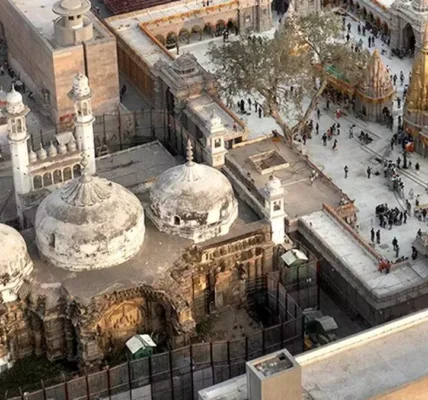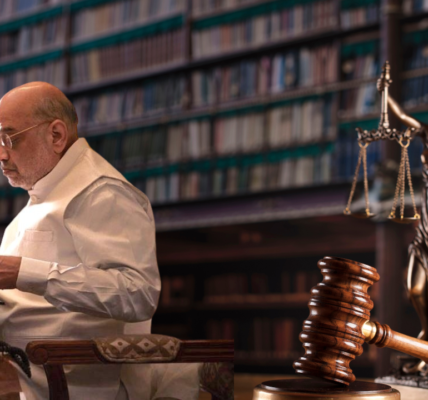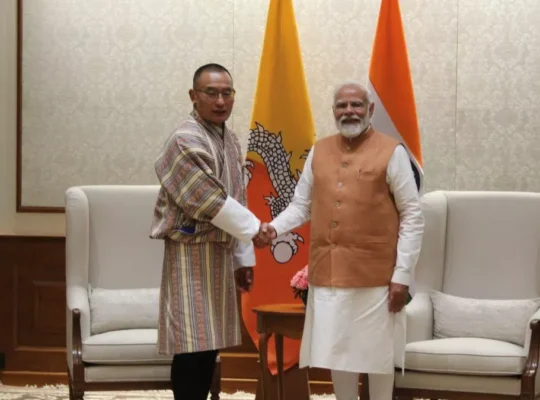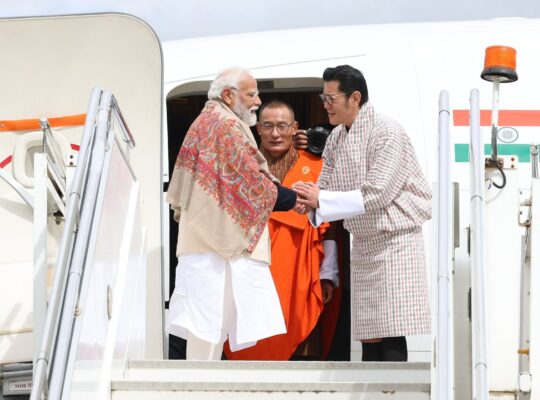Decoding the Abolition of Article 370: Understanding the Impact and Legal Verdict in Jammu and Kashmir
As of right now, the Supreme Court has maintained the federal government’s determination to eliminate Article 370.Alongside, the court has directed the government to conduct elections in the state by September 30, 2024. It’s crucial to understand what Article 370 was all about.
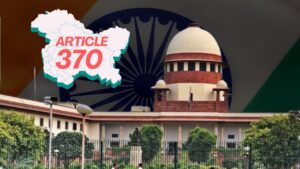
The Supreme Court has stamped its approval on the Modi government’s move, where the powers of Article 370 were revoked in Jammu and Kashmir. The court stated that the decision to revoke Article 370 was not incorrect, and the central government had the authority to do so. After the removal of Article 370 from Jammu and Kashmir on August 5, 2019, several petitions were filed in the Supreme Court, and today, the court has delivered its verdict on these petitions.
Now, let’s delve into what Article 370 was:
What was Article 370?
Article 370 was a provision in the Indian Constitution that granted special status to Jammu and Kashmir, making it a unique state. Jammu and Kashmir was granted autonomy in decision-making due to the limitations placed on the Indian Constitution’s applicability to the region under Article 370.
This article was added to the Constitution after extensive discussions between Prime Minister Jawaharlal Nehru and Sheikh Mohammed Abdullah, following six months of dialogue. In 1951, the Constituent Assembly of Jammu and Kashmir was formed with 75 members, tasked with drafting a separate constitution. The process concluded in November 1956, and the special constitution came into effect on January 26, 1957, leading to the dissolution of the Jammu and Kashmir Constituent Assembly.
Key points related to Article 370:
– Article 1 (India, that is Bharat, is a Union of States) was the only article, apart from Article 370, that applied to Jammu and Kashmir.
– Jammu and Kashmir had its separate constitution due to Article 370.
– Because of this special status, Article 356 (imposition of President’s Rule) did not apply to Jammu and Kashmir. Consequently, the President of India lacked the authority to dismiss the state government.
Other effects of Article 370:
– The flag of Jammu & Kashmir was unique.
– The term of the legislative assembly in Jammu and Kashmir was six years.
– The President of India couldn’t declare financial emergency in Jammu and Kashmir.
Article 370 also outlined the procedure for its amendment, emphasizing the need for the concurrence of the Jammu and Kashmir Constituent Assembly.
Abolishing Article 370:
On August 5, 2019, the central government, through a presidential order, abrogated Article 370. Subsequently, the Parliament passed a law on August 9, 2019, reorganizing Jammu and Kashmir into two separate Union Territories: Jammu and Kashmir, and Ladakh.
Impact of Abolishing Article 370:
The removal of Article 370 had significant implications:
– Only a small portion of Article 370 remains, giving the President the authority to make changes at any time.
– Citizens from any part of the country can now purchase land, houses, or shops in Jammu and Kashmir, which was restricted earlier.
– With the removal of Article 370, girls from Jammu and Kashmir can marry boys from any corner of the country without losing their connection to the region.
In summary, the Supreme Court’s ruling today is consistent with the government’s efforts to withdraw Article 370, meaning that Jammu and Kashmir’s constitutional framework has changed.

